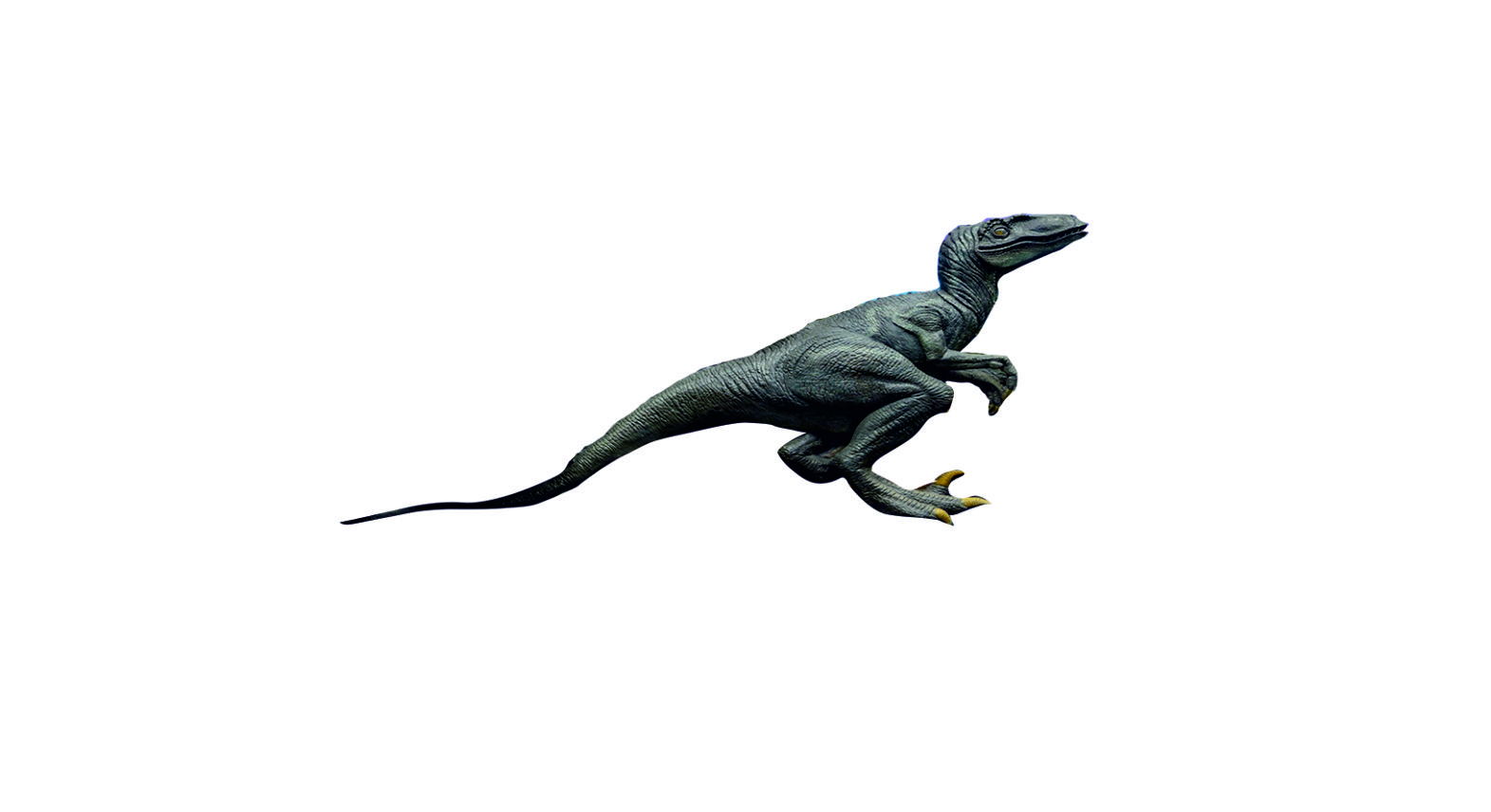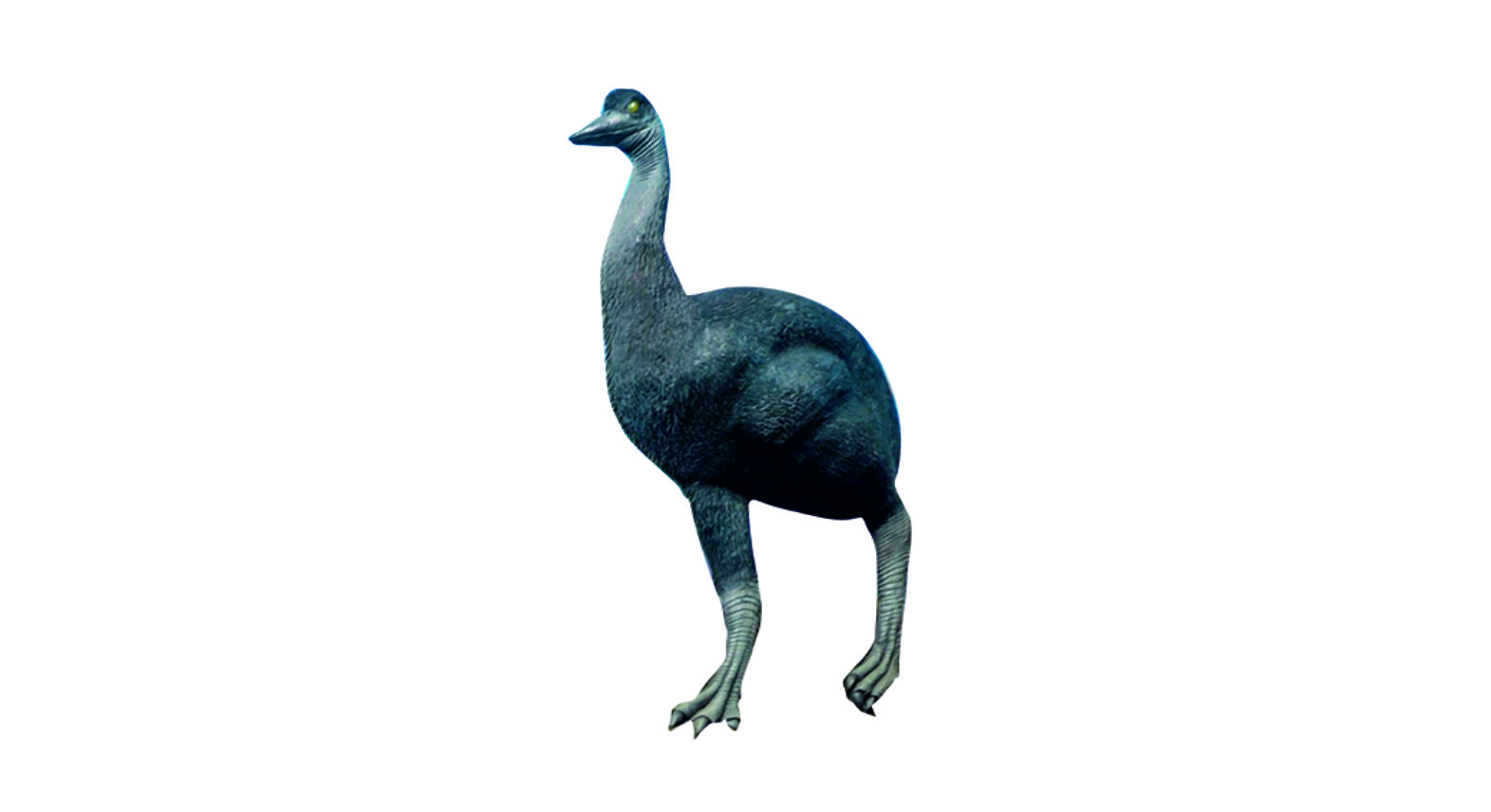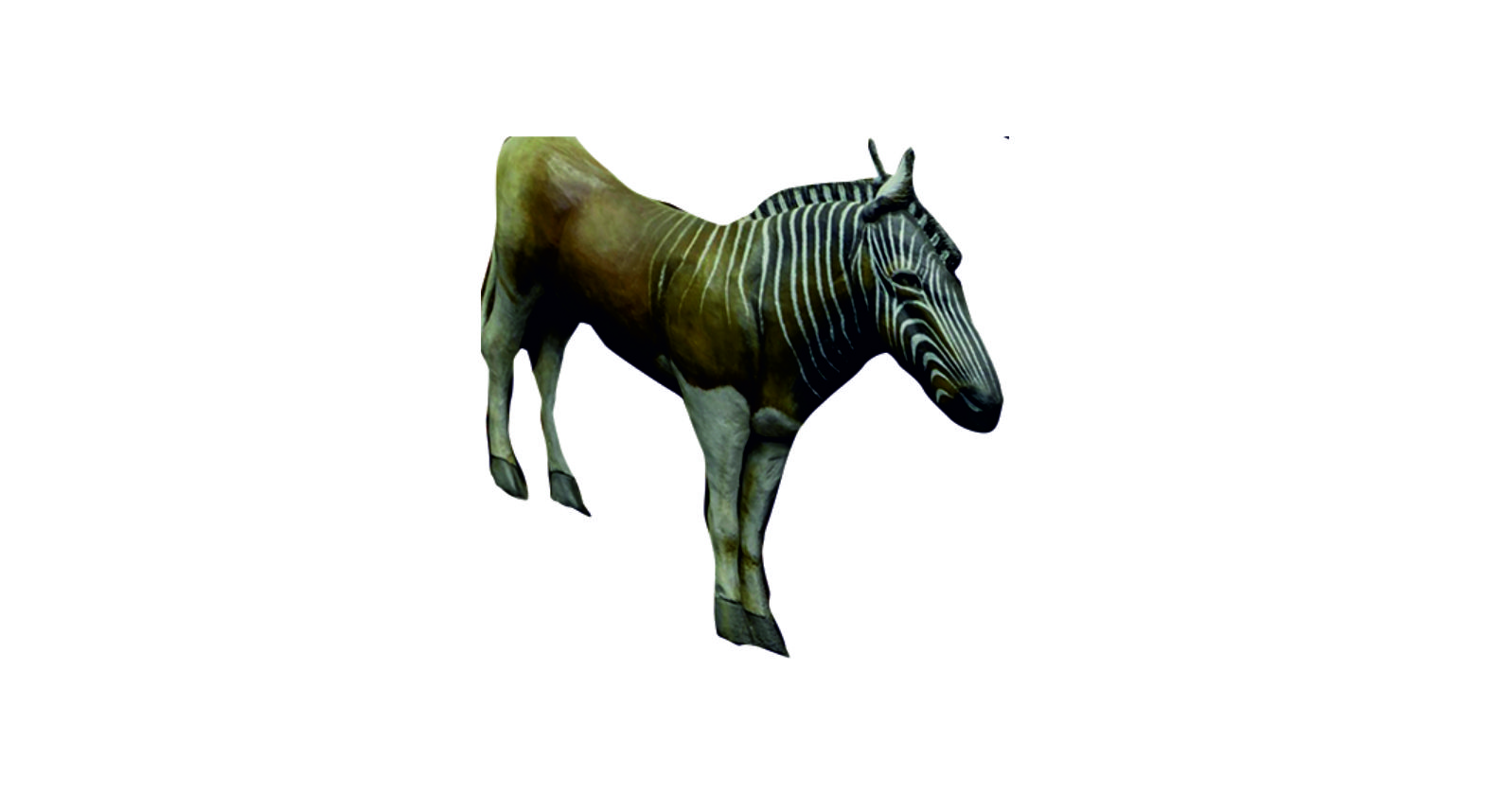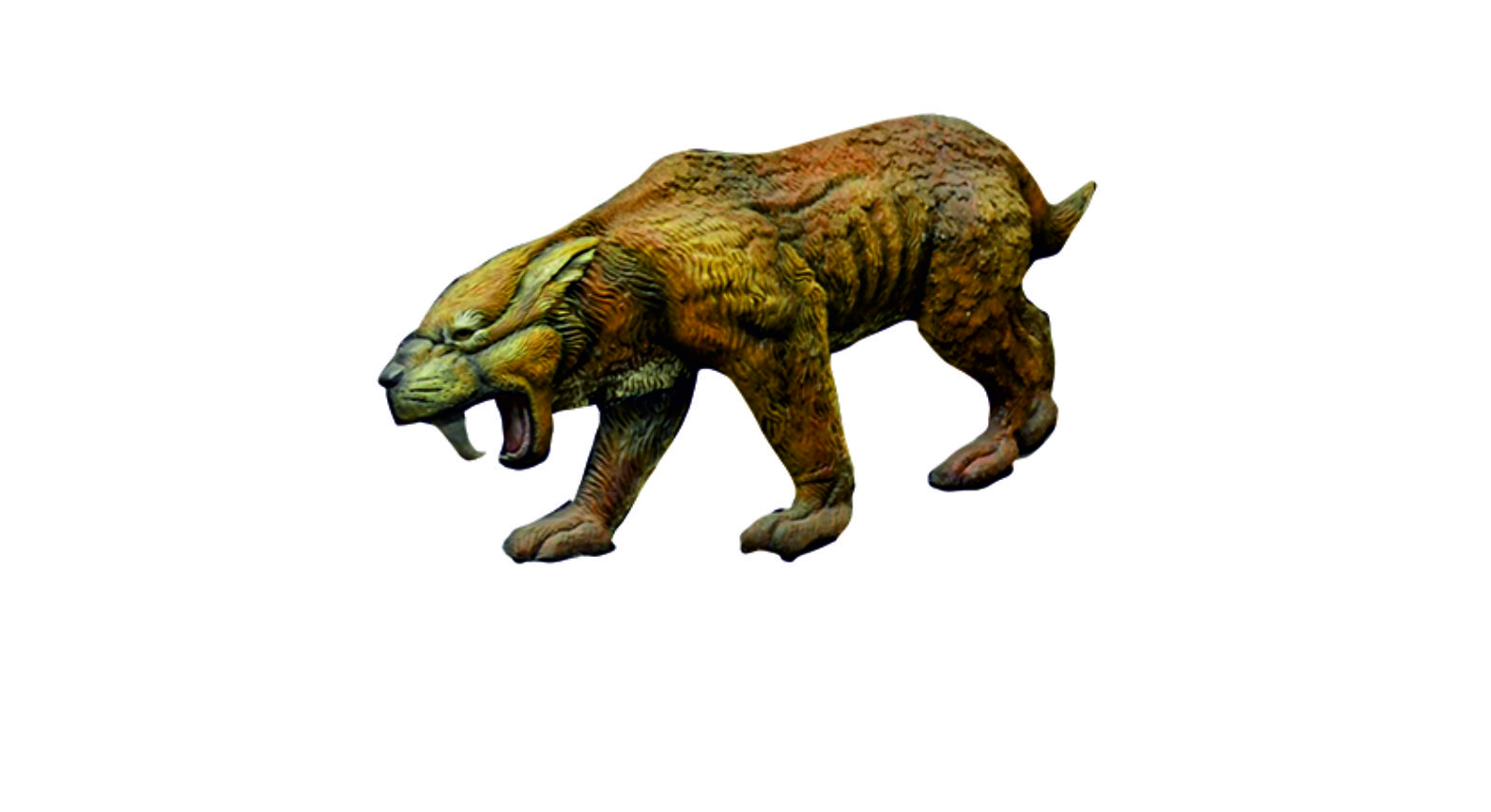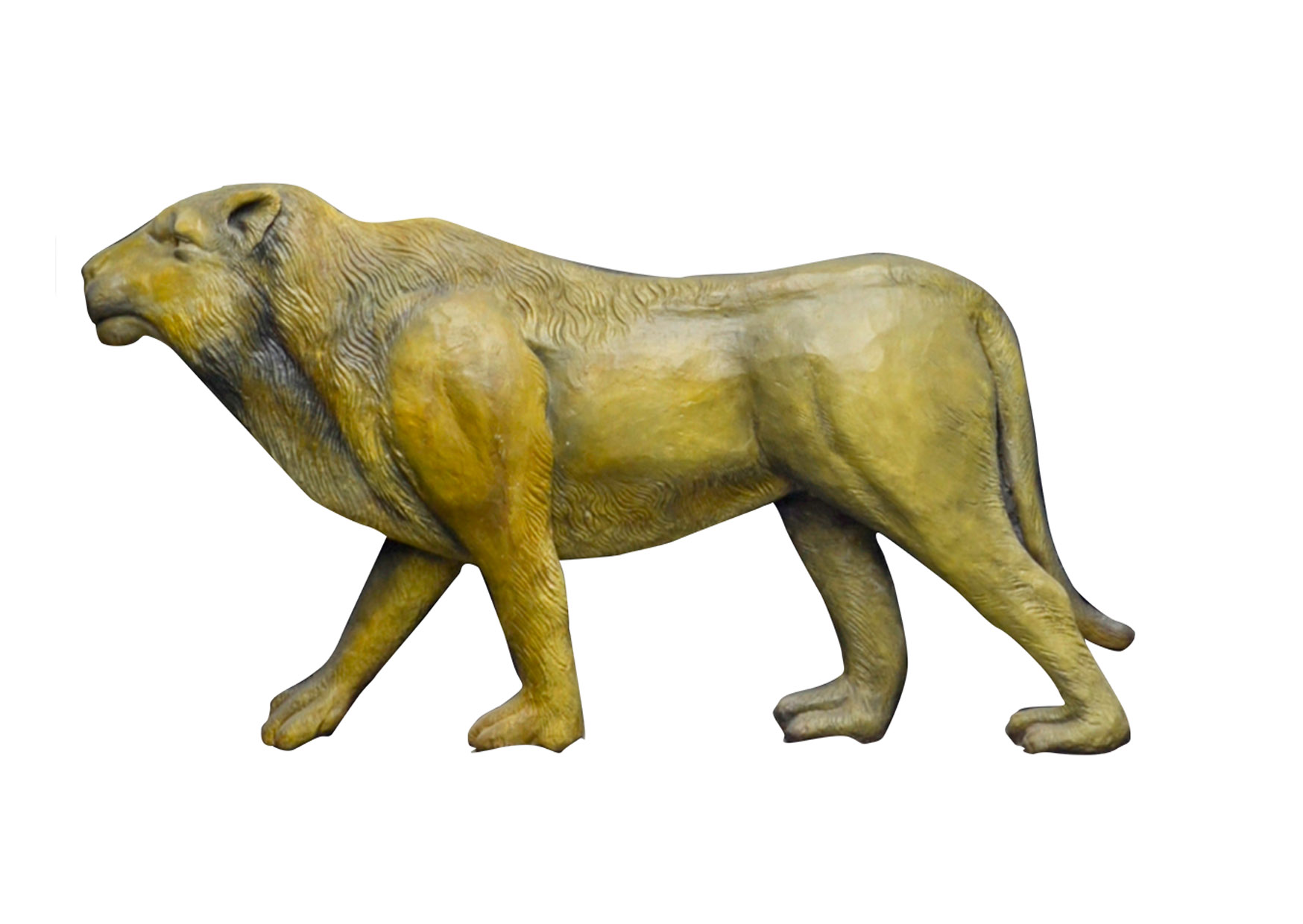Cuban Macaw or the Cuban Red Macaw
(Ara tricolor) It is an extinct species of parrot that was native to Cuba and the Isla de la Juventud. It was a rather small species of Ara macaw, measuring 45 – 50 cm. There are nineteen specimens of the Cuban Macaw in 15 museums in Cuba, Europe and...

